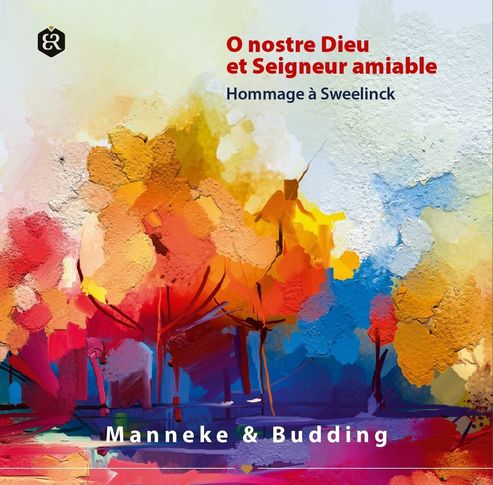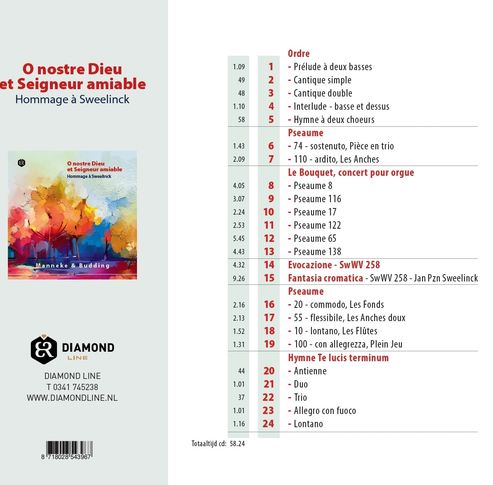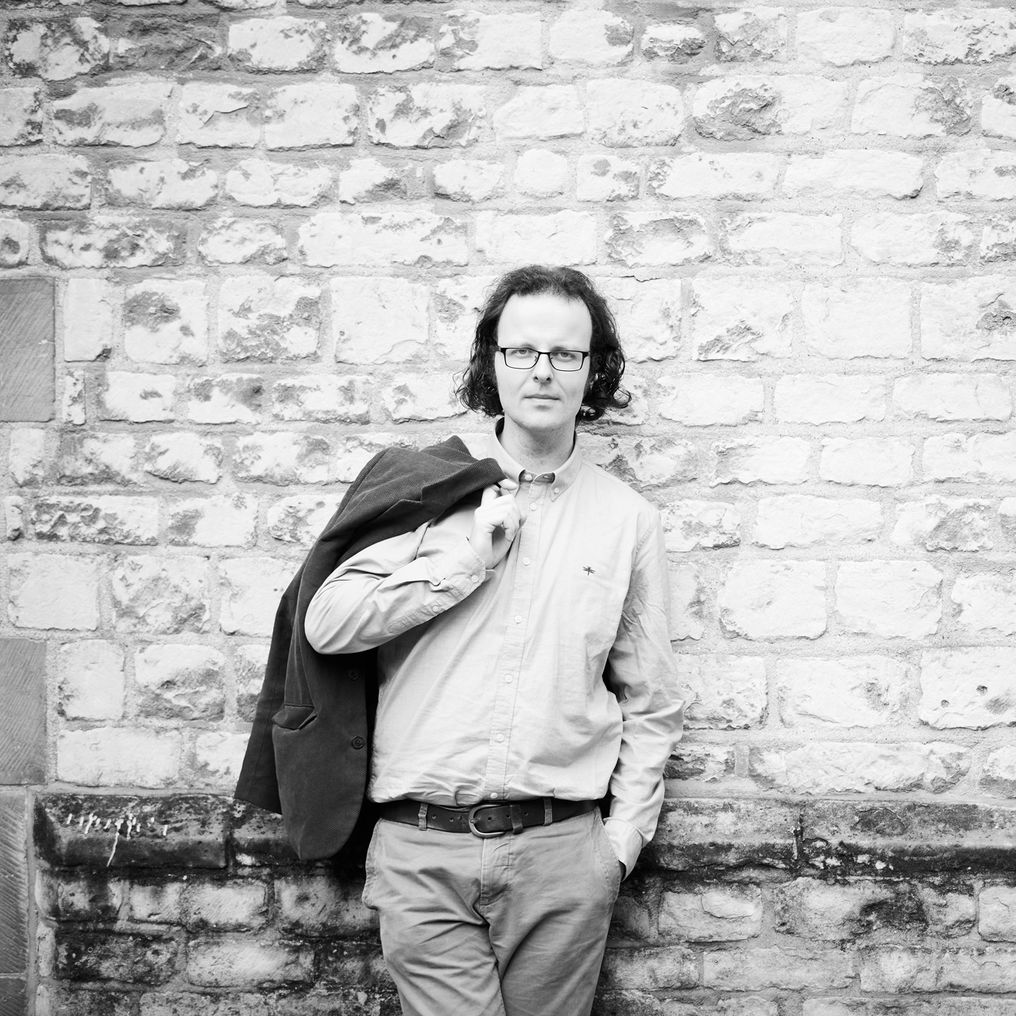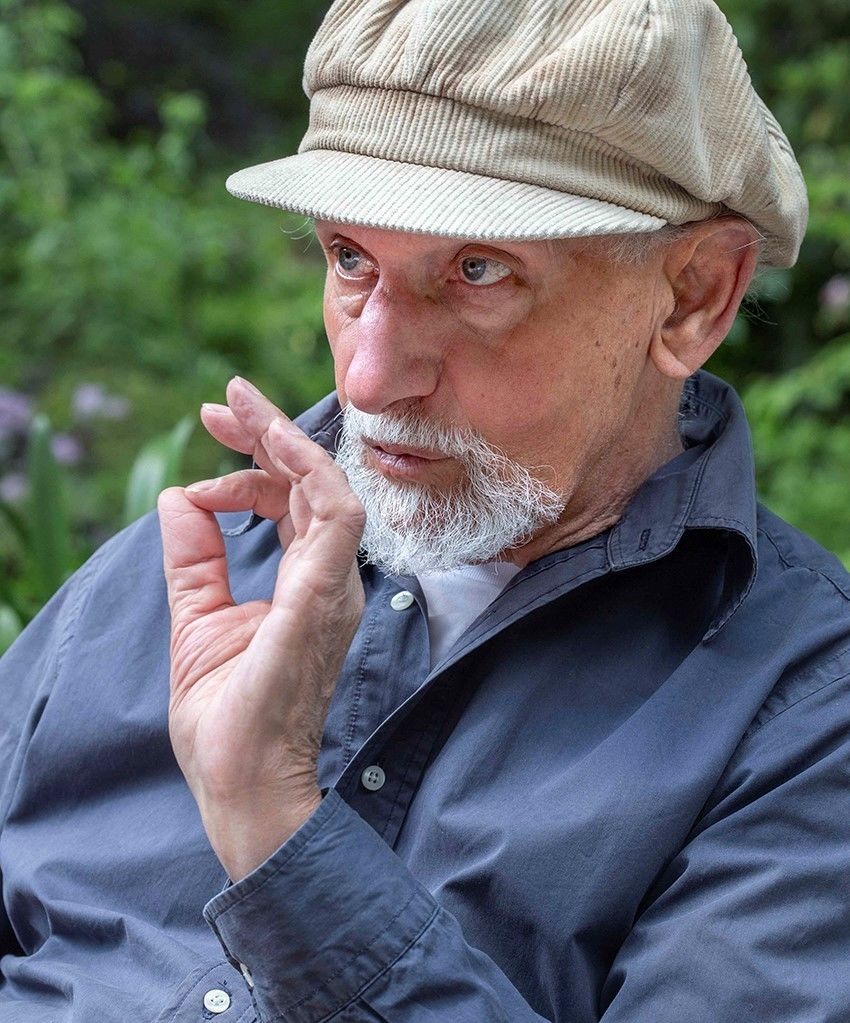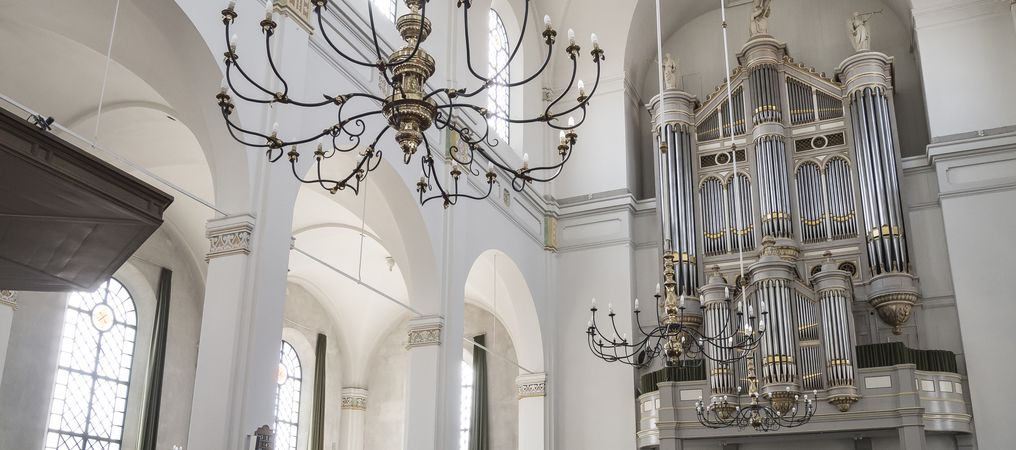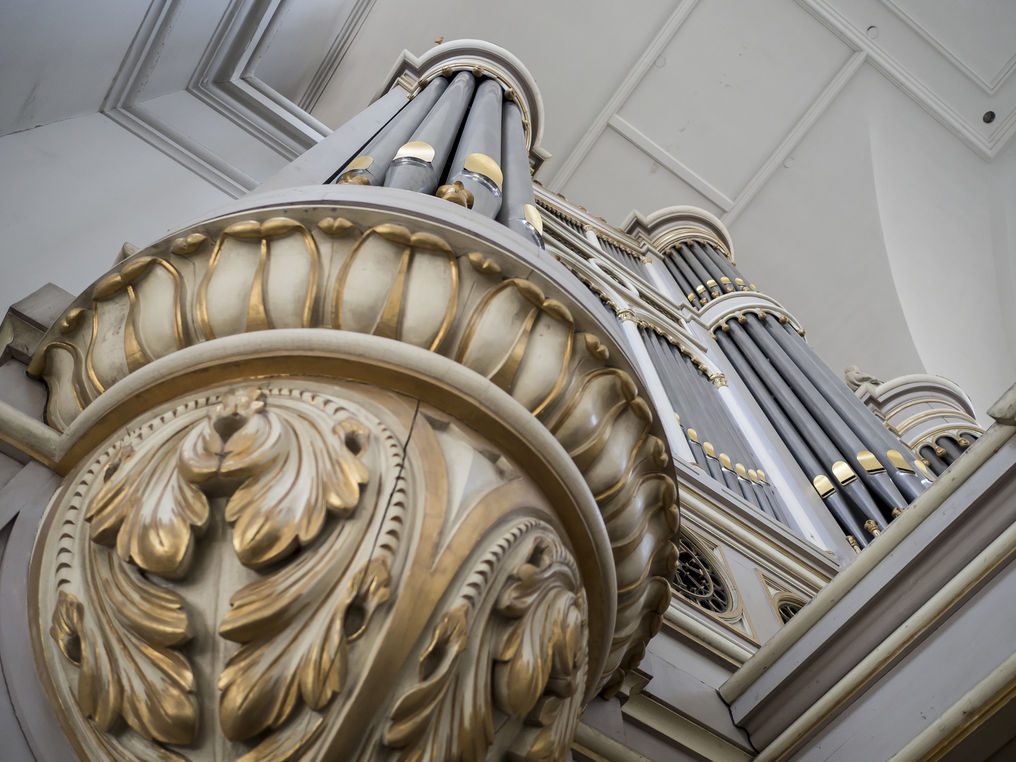Manneke – O nostre Dieu et Seigneur amiable
Het eerste contact tussen componist Daan Manneke en organist Gerben Budding was in het jaar 2015 rond de première van Manneke’s ‘Abendmusik’ voor koor, solisten en orgel (een werk waarin ‘Te lucis ante terminum’ een belangrijke rol speelt) en de uitvoering van ‘Tombeau pour Ton de Leeuw’ voor cello en orgel in de Augustijnenkerk te Dordrecht.
In 2017 kreeg dit contact een vervolg rond de uitvoering van het op de voorliggende CD opgenomen orgelwerk ‘Le Bouquet’ in de Maartenskerk te Zaltbommel.
Naar aanleiding van dit concert besloten componist en organist het werk uitvoerig door te spreken aan de klaviatuur van het Bätz-Witte orgel van de Grote Kerk te Gorinchem, het orgel waar Budding negen jaar lang organist was en waar hij vergroeid mee raakte. Componist en organist vonden elkaar in de liefde voor het Geneefs Psalter en de fascinatie voor klankkleur. Een en ander heeft geleid tot de CD die u nu in handen heeft. De eerste opnamen op deze CD dateren uit 2017. De overige opnamen vonden plaats in 2019. Het sprak vanzelf dat deze CD moest uitkomen in 2019, het jaar van de tachtigste verjaardag van de componist.

